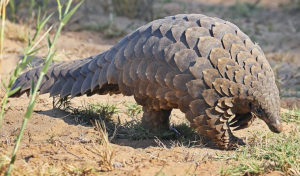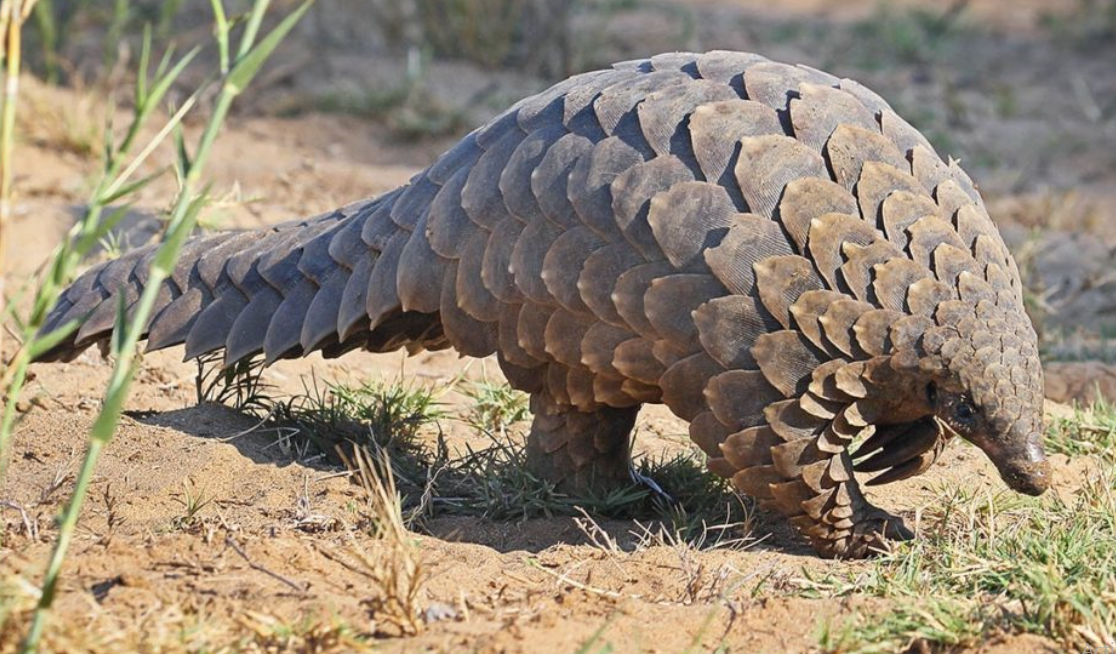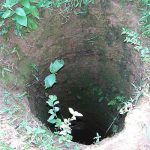Pangolins
Pangolins
Pangolins : Pangolins have large, protective keratin scales covering their skin and they live in hollow trees or burrows, depending on the species. Pangolins are the only world’s mammals with keratin scales covering the whole body. The word pangolin comes from the Malay word ‘Pengguling’ which means ‘one who rolls up’. Pangolins roll up into a tight ball with their overlapping armored scales in order to protect them from the predators such as lions, leopards, hyenas and jackals.

Why they are the most trafficked mammals in the World?
Pangolins are estimated to be the single most poached and trafficked species on the planet because they are threatened by poachers for their meat and scales which are used in Chinese traditional medicine for a variety of ailments including; excessive anxiety and hysterical crying in children, women thought to be possessed by devils and ogres, malarial fever, and deafness. In Africa they hunt the pangolins for its meat as being delicacy and the scales work as traditional medicines. While the four subspecies of pangolin can be found in Asia, the best chance you have of spotting them is on African safari, however you’ll need a lot of luck.
Appearance
The scales of a pangolin make up 15 percent of its weight, according to the information provided from the African Wildlife Foundation. These animals have many different colors, they can be a light sandy color, dark brown, olive-brown, pale olive or yellowish-brown.
Diet
Pangolins are insectivores, which means their diet consists of insects like ants and termites. Pangolins don’t have teeth but they use their long claws to open up ant and termite hills, even though they are not closely related to anteaters. Like anteaters, pangolins have long snouts and even longer tongues and sticky using them to slurp up ants and termites and swallow them whole. Like birds, pangolins swallow small stones which are used to crush and digest food in the stomach.
Breeding
When it comes to giving birth, the pangolin is the only world’s egg-laying mammal. A female pangolin has a gestation period of five months and gives birth to only one baby. And when it is time for danger, the mother balls itself up around the baby to shield it. Guess what the baby is on inside there, drinking its mother’s milk for 3-4 months and starts feeding on insect at one month and reach their maturity at the age of 2 years old.
Behavior
They tend to be solitary animals, meeting only to mate and produce a litter of one to three offspring, which they raise for about two years. They have special glands near their anus that secrete a fluid with a pungent odor and the fluid is used to mark their territory.
Habitat
As nocturnal animals, pangolins spend their days sleeping and their nights foraging for food and digging their burrow underground usually near water sources. There is very little known about their habits and social activities because they have not been studied extensively.
Where they are found
They are commonly found in the northern part of Uganda especially in Murchison Falls National Park, Ziwa Rhino sanctuary and within Karuma Falls.











Leave a Reply
Want to join the discussion?Feel free to contribute!